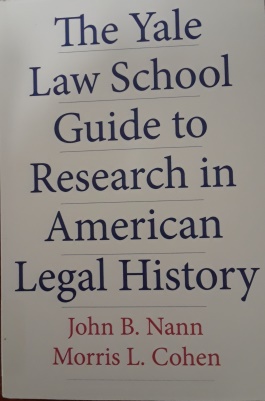On December 19th, 1963, Senators Carl Hayden and Barry Goldwater designated the State of Arizona Research Library as a regional Federal Depository Library for the state of Arizona.
A Federal Depository Library is a library that has agreed to make U.S. government information available to the public. There are more than 1100 of these libraries that make up a national network, and 11 of them are in Arizona. This map will show you the location of all of the Federal Depositories in the United States, including the ones right here in Arizona.

What kinds of things count as “government information”?
We collect federal agency publications from more than 100 agencies across all three branches of government. You can find everything from Supreme Court opinions to Congressional hearings to topographic maps of the White Mountains here at the library. Whenever the Census Bureau releases new data, or NASA publishes a new study of Mars, these materials join nearly 200 years of history in our Federal Documents Collection.
Our collection is made up of many formats. Most of our items are in print, which includes books, newsletters, pamphlets, and Braille books. We also have maps, microfiche and microfilm, CDs and DVDs, kits, posters, calendars, and even puzzles!




Libraries in the United States have been collecting government information and making it available to Americans for almost as long as the country has existed. In 1813, Congress began distributing official publications to libraries, and in 1895 formally established the Federal Depository Library Program or FDLP. Thus, libraries all over the nation were called to action to ensure the people could learn about their government.
The Territorial Library of Arizona was established in 1864 in Prescott, the Territorial Capitol at the time. The earliest library catalog we have is from 1865. This excerpt from the handwritten list of books in the library shows that we were collecting federal publications at least that early – the Territorial Library included the full Eighth U.S. Census, Smithsonian Institution publications, and reports of the Department of Agriculture, Indian Bureau, and Land Office:

In 1962, a major change was made to the Federal Depository Library Program. With the Depository Library Act of 1962, up to two libraries in each state could be designated as Regional Depository Libraries. These libraries would be responsible for maintaining complete collections of government publications and providing services to the other depository libraries in their state, with the goal of ensuring that everyone in their state was able to access government information easily. In 1963, both the Arizona Department of Library and Archives (later to become the State of Arizona Research Library) and the University of Arizona were jointly designated as regional depository libraries by our two Senators at the time, Carl Hayden and Barry Goldwater.


Publications we received in 1963 include “Damage to livestock from radioactive fallout in event of nuclear war” and hearings before the Committee on Un-American Activities.
The University of Arizona library is no longer a regional depository library, but it is still in the FDLP, along with 10 other libraries in Arizona. As the sole remaining Regional, the State of Arizona Research Library serves as a statewide hub for U.S. government information and provides services to the other depository libraries and to the public.
Want more information?
Check out this short history of the FDLP: Fulfilling Madison’s Vision – the Federal Depository Library Program.
Coming soon: a timeline of the history of the State of Arizona Research Library as a Federal Depository Library!


 We recently purchased
We recently purchased 
 Another chapter discusses how international law and treaties affect U.S. law. Another introduces the use of
Another chapter discusses how international law and treaties affect U.S. law. Another introduces the use of